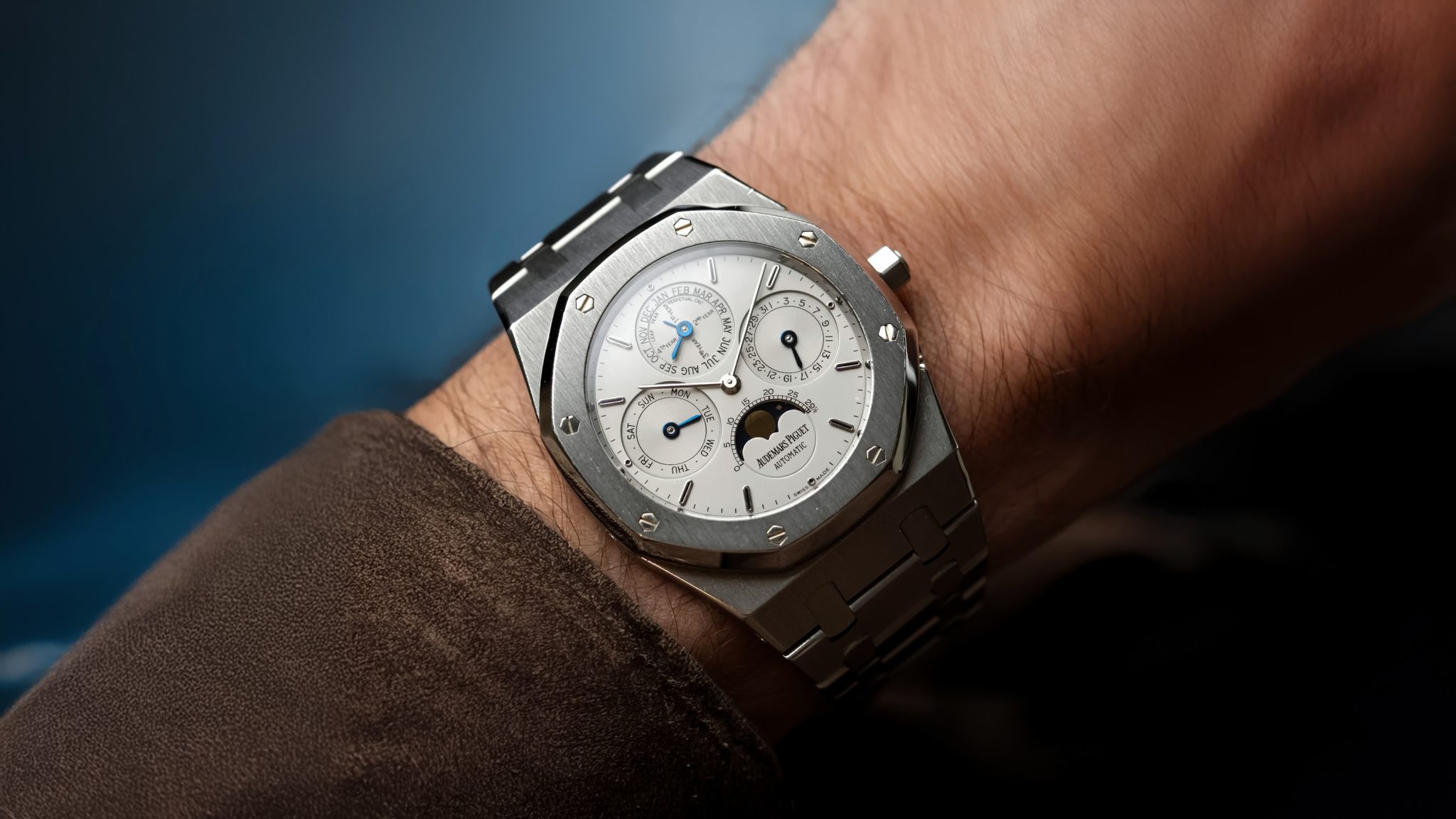
Royal Navy Issued Precista RN82 Automatic
The British MOD realized Submariners were getting far too expensive way before the rest of us. In 1979, the MOD and Royal Navy stopped using Rolex and put out a call for British watchmakers to answer, a criteria defining what would be the Milsub’s replacement. CWC won the contract. However, CWC lost the contract only two short years later to this. In 1982, this took over. Unless you’re deep on dive watches, you won’t have heard of Precista. Think of this as a Milsub sans brand cachet, but an order of magnitude less costly.

It’s thought that for the 1982 contract the brand manufactured fewer than 200 watches in total, some estimate fewer than 100. Fewer than a dozen are known to have surfaced in the market since. The issued model is often referred to RN82, ’82 for the year and ‘RN’ for Royal Navy, as it never had a proper model name (or occasionally RN82A for auto). The Royal Navy called it ‘0552-923-7697’ but that’s not terribly catchy. The nomenclature is not defined because examples are too scarce for anyone to really talk about. This case was only made for the 1982 contract. That run of 200 or fewer was it. Shortly after, the MOD went back to quartz CWC. And then in the 90s, though not as well documented, both CWC and Precista were still being used. With its single production batch, many have argued the ’82 is the rarest Royal Navy diver.
Precista developed similar designs later known as the PRS-17 & PRS-18, but the majority of both productions were quartz. This is the only case made exclusively in mechanical, and when the brand was revived a few years ago this was the design they reissued from the halls of history. Any issued Precista with Royal Navy engravings is a rare beast, an equally competent diver to any Submariner of the time, one which has been used hard without question. There are reports of all three models having been used around the Gulf War and Sierra Leone Civil War by the British even though this was far out of production.


The watch almost isn’t designed, it’s pure function and utility. 39mm 316L with fixed bars, ETA 2723, tritium designation at 6, and snake head hands for maximal legibility. Interestingly, Enicar made the cases for Precista and the inner caseback reads Racine Swiss. This one is remarkably preserved compared to the two other examples I’ve seen photographed. It was discovered in an estate sale a few years ago. Like many other things designed purely for purpose, it is quite attractive in its own way. Yes, I am the sort of guy who gets turned on by SR-71s.
It is an example that has obviously been used, but the case has no huge bashes and its lugs aren’t touched. The caseback engravings are deep. And its dial sports a beautiful warm tritium that appears original. It comes from a well-regarded London retailer.








